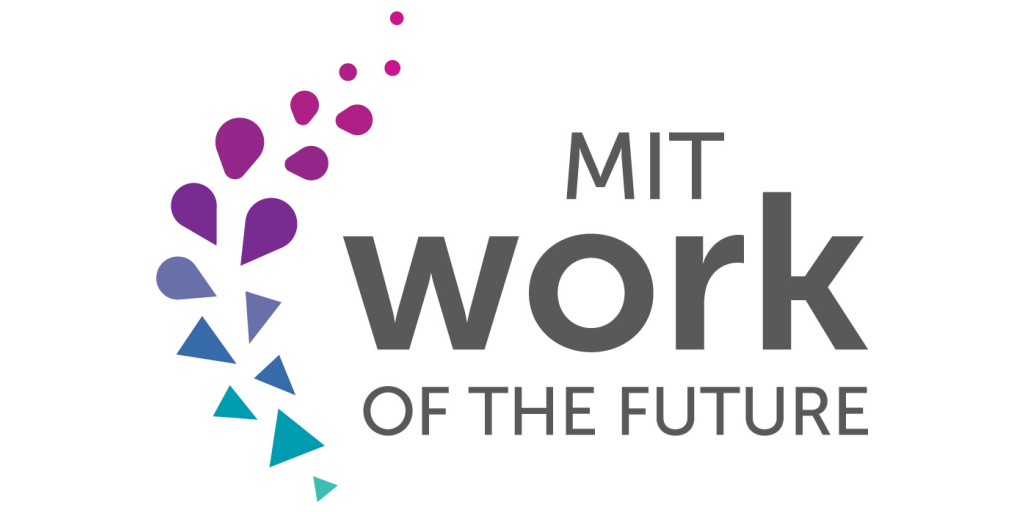MIT Research Examines How Technology and E-Commerce Are Reshaping Trucking and Warehousing During COVID

New MIT Task Force on the Work of the Future research brief explores the future of logistics
The MIT Task Force on the Work of the Future has released a new research brief examining how technology is changing the warehousing and trucking industries and the resulting impacts on employment. The brief is part of a series of subject-specific research projects by MIT faculty that will help frame national discussion and policies about work, technology, and how we can create greater shared prosperity in the country.
By enabling e-commerce, internet technology has sharply increased the demand for logistics services in warehousing and trucking that now require more individualized packaging and shipments. The sharp increase in demand has stimulated automation attempts in both industries. To this point, broad-based automation has proceeded slowly and employment in both industries has increased.
“Our brief explores the impact of current and future automation on each industry’s employment and highlights policy recommendations for workers,” said Frank Levy, co-author of the brief, Professor Emeritus of MIT’s Department of Urban Studies and Planning and Research and Advisory Board Member of the MIT Task Force on the Work of the Future.
The brief, “Warehousing, Trucking and Technology: The Future Work in Logistics”is co-authored by Arshia Mehta, B.A candidate for economics and chemistry at Wellesley College. The authors contrast the U.S distribution networks twenty years ago, that were built to deliver products in bulk to retail stores, vs. today where large parts of distribution networks are built to deliver individual items to home residences. The shift has been driven by technology, working through e-commerce and recently reinforced by the Covid pandemic. The brief considers how technology has affected three basic supply chain units: warehousing and storage, freight trucking, and freight scheduling and the implications for workers and skills.
Key findings:
- Between 2000 and 2019, the output of the General Freight Trucking Industry (as measured by the Bureau of Labor Statistics) increased by roughly 20 percent. One-quarter of the increase came from more drivers: 1.62 million in 2000 to 1.75 million in 2019. Three-quarters of the increase represented a more efficient use of trucks—for example, fewer long-distance deliveries where the truck would make the return trip empty, less time spent waiting at a loading dock to pick up an order, and so on.
- The “killer app” in trucking—a commercially viable autonomous truck that travels on interstate highways—is at least a decade away.
- Between 2000 and 2019, the output of the Warehousing and Storage industry (as measured by the Bureau of Labor Statistics) increased by 157% (sic). All of this increase came from a labor force that had grown from 438,000 in 2000 to 1.1 million in 2019. Despite substantial discussion of warehouse automation, the output per hour of warehouse workers was no higher in 2019 than in 2000.
- A closer look at output per hour in warehousing shows it increased by about roughly 20% between 2000 and 2014 but declined thereafter. This rise and decline are the result of several factors including these three:
- Warehouses were slow to take up the most advanced automation equipment in part because it requires major restructuring of the warehouse.
- The “killer app” in warehousing – automated recognition and grasping of small, individual items – is in the early stages of development.
- From 2014 to 2019, rapid increases in e-commerce caused warehouse hiring to grow faster than 10% per year, much of it in older, un-automated warehouses.
The brief highlights how policy makers can act now to prepare to handle the transition for workers due to automation—inducing transitions in these supply chain industries better than when manufacturing jobs have suddenly left a local labor market. The authors recommend the development of an employer-community college consortia to expand access to career education and preparing low wage logistics workers for better jobs that are under less threat from automation. Local economic development incentives are also a way to encourage new warehouses to set a higher-than-market minimum wage and to cooperate with local career education consortia. The brief advocates the adoption of a federal mileage tax on autonomous trucks to fund a program administered by the states to provide a safety net for truck drivers displaced by automation and help them transition into other occupations. The United Brotherhood of Teamsters is currently developing such a proposal.
“This brief underscores how technological change has been a constant in the warehousing industry and more recently in the trucking industry,” says Elisabeth Reynolds, executive director of the MIT Task Force on the Work of the Future. “But the technological disruption envisioned in recent years for workers is going to be more gradual than many have predicted. The brief explores the policy changes that can help us get ahead of displacement for workers whose jobs are most at risk.”
Category: Connected Fleet News, Driver Stuff, Featured, General Update, Management, News, Vehicles










